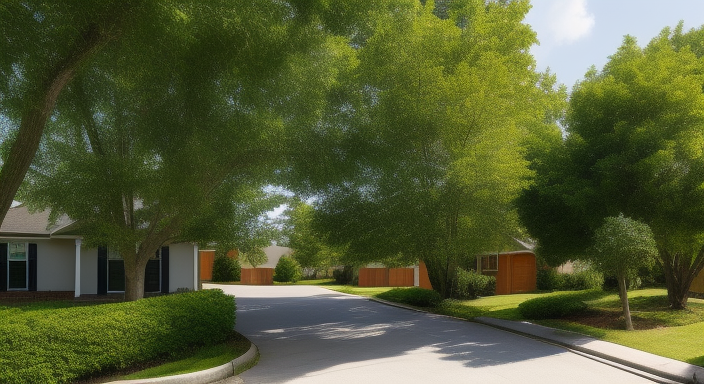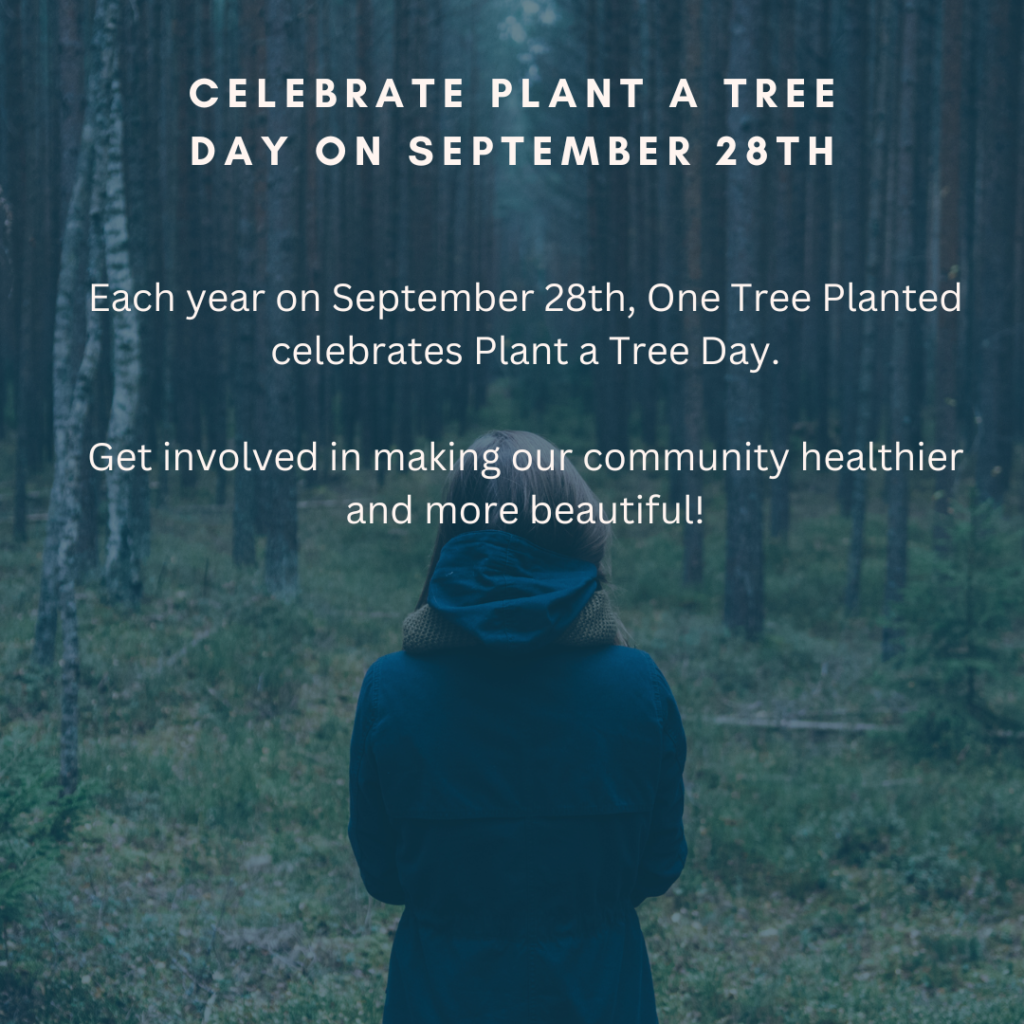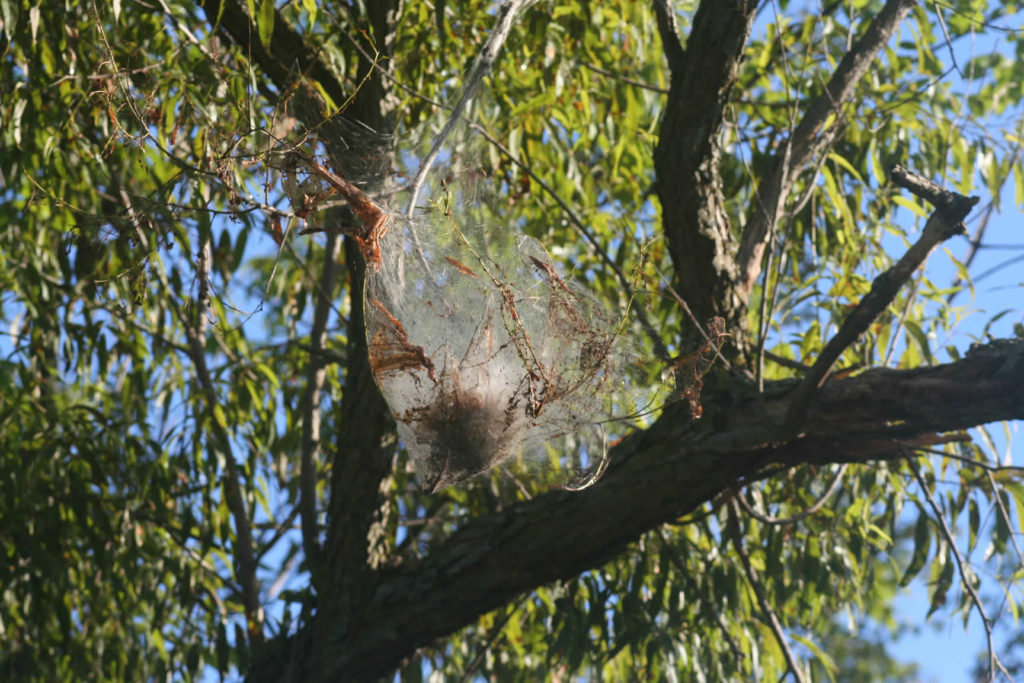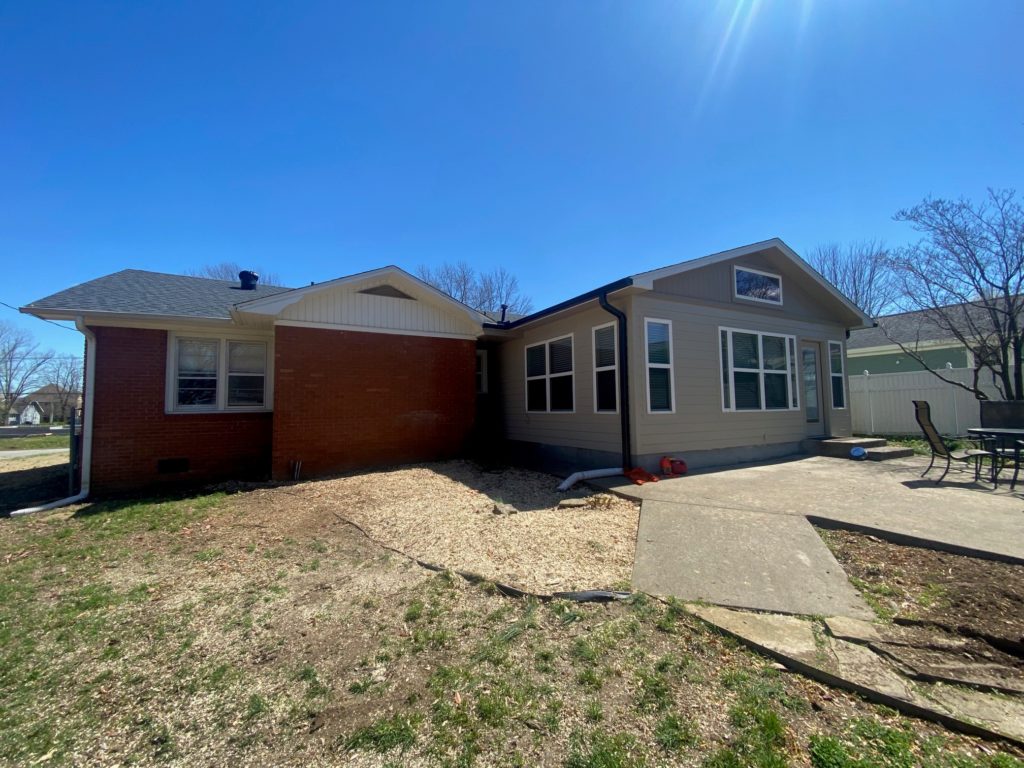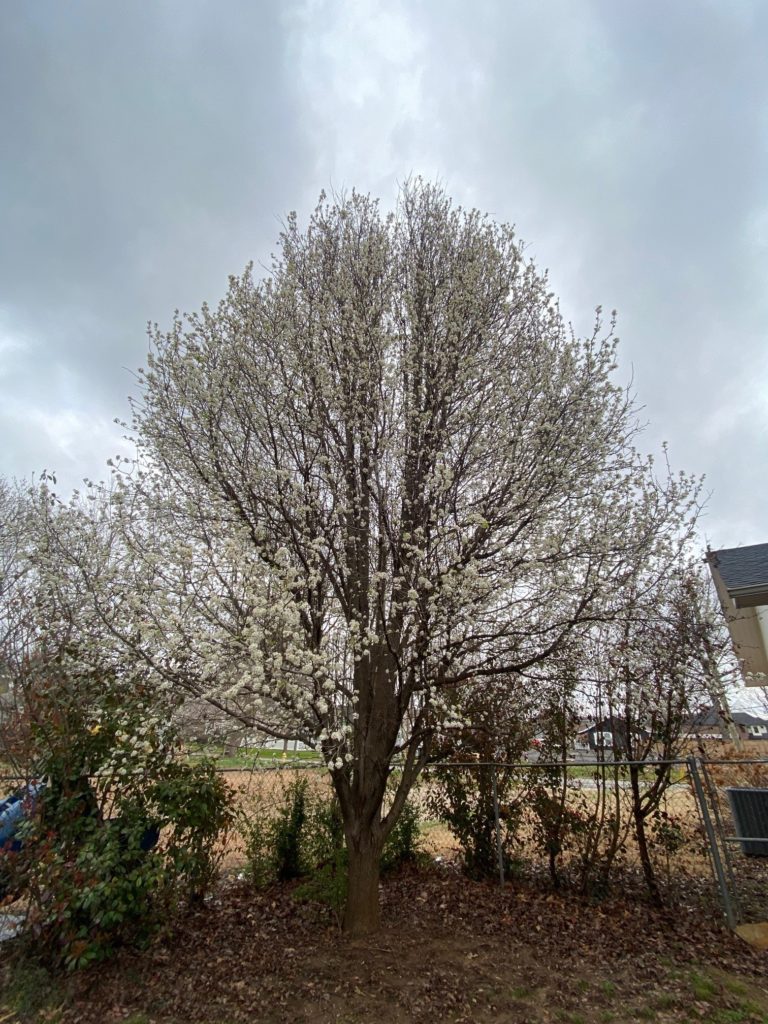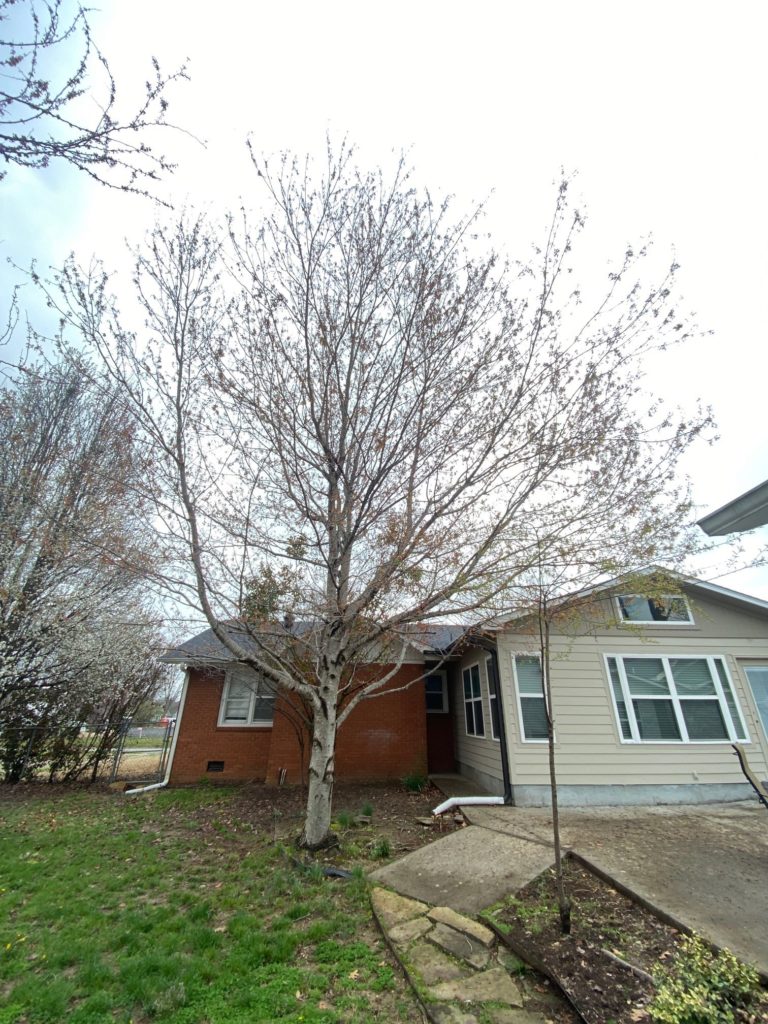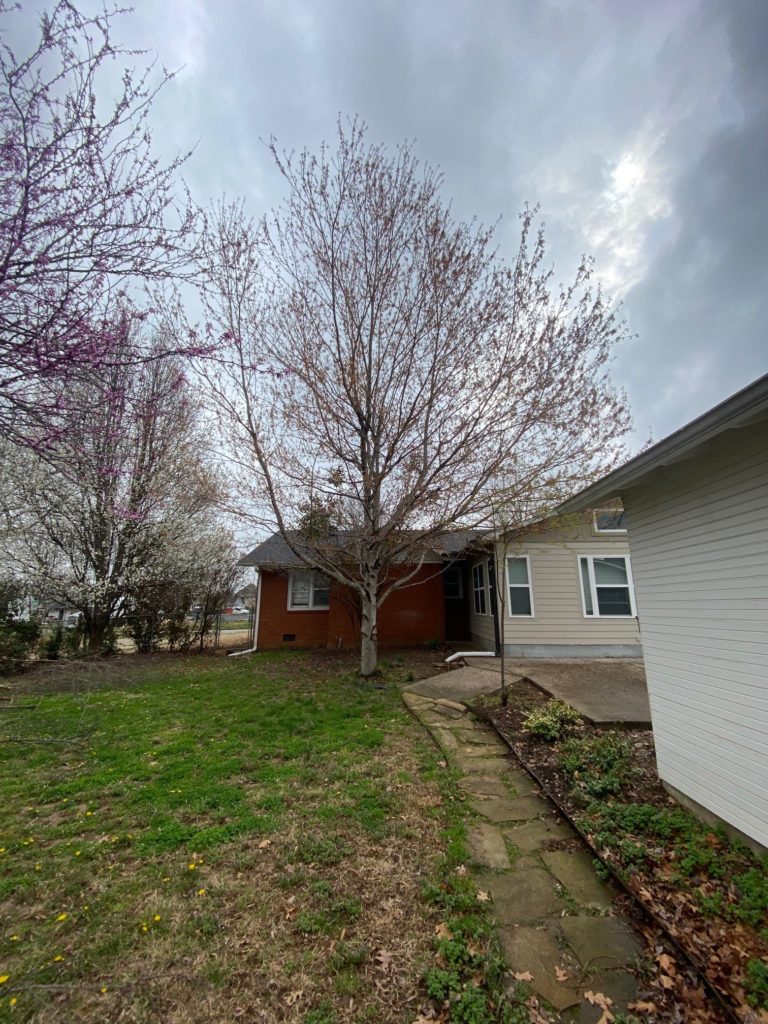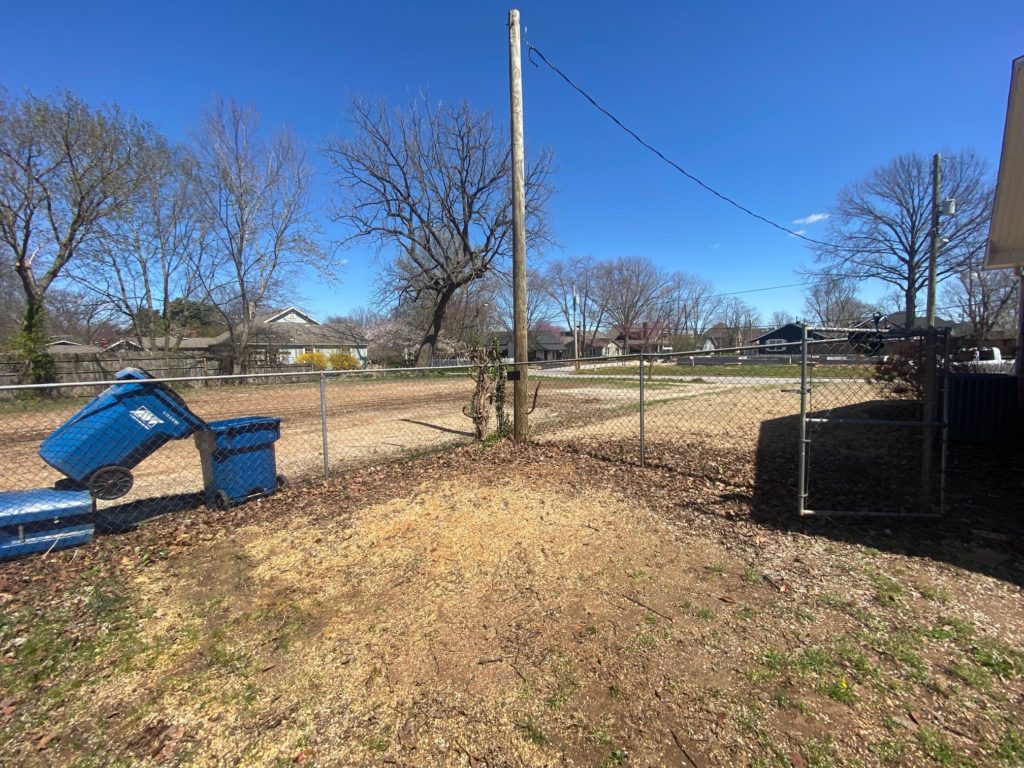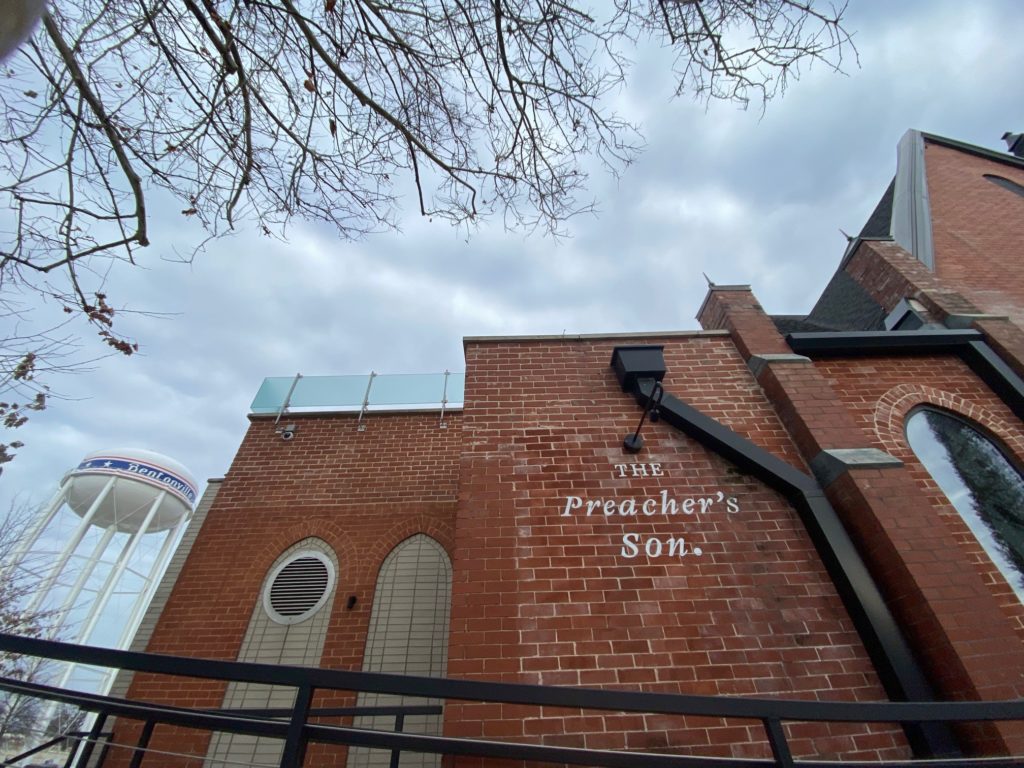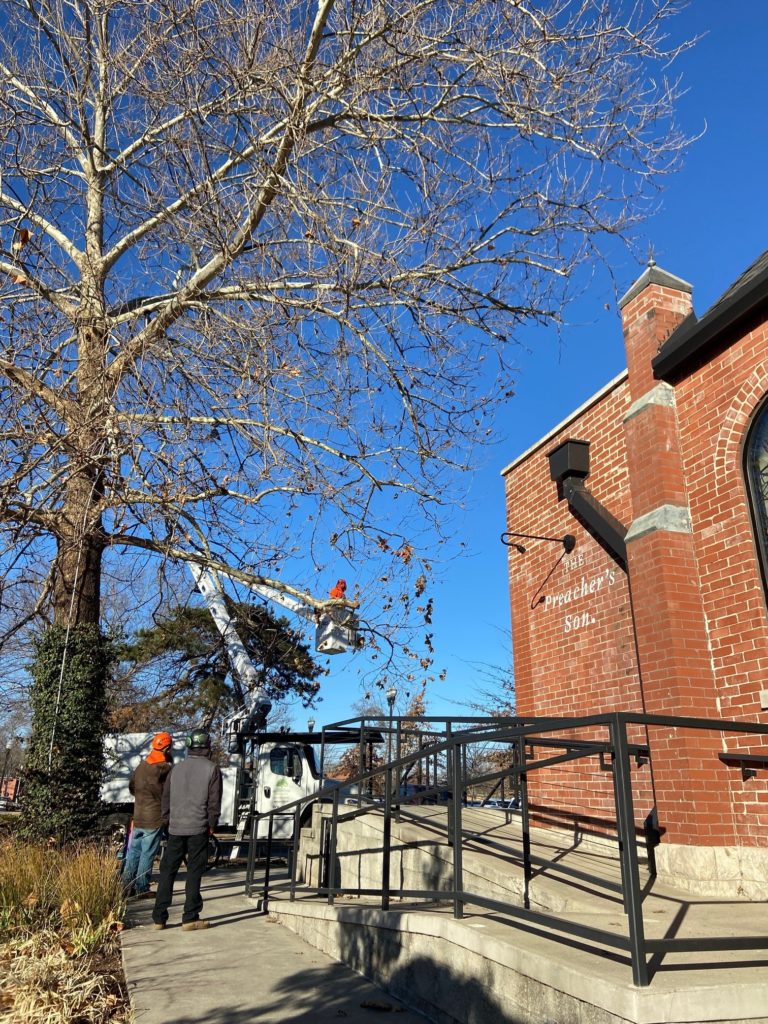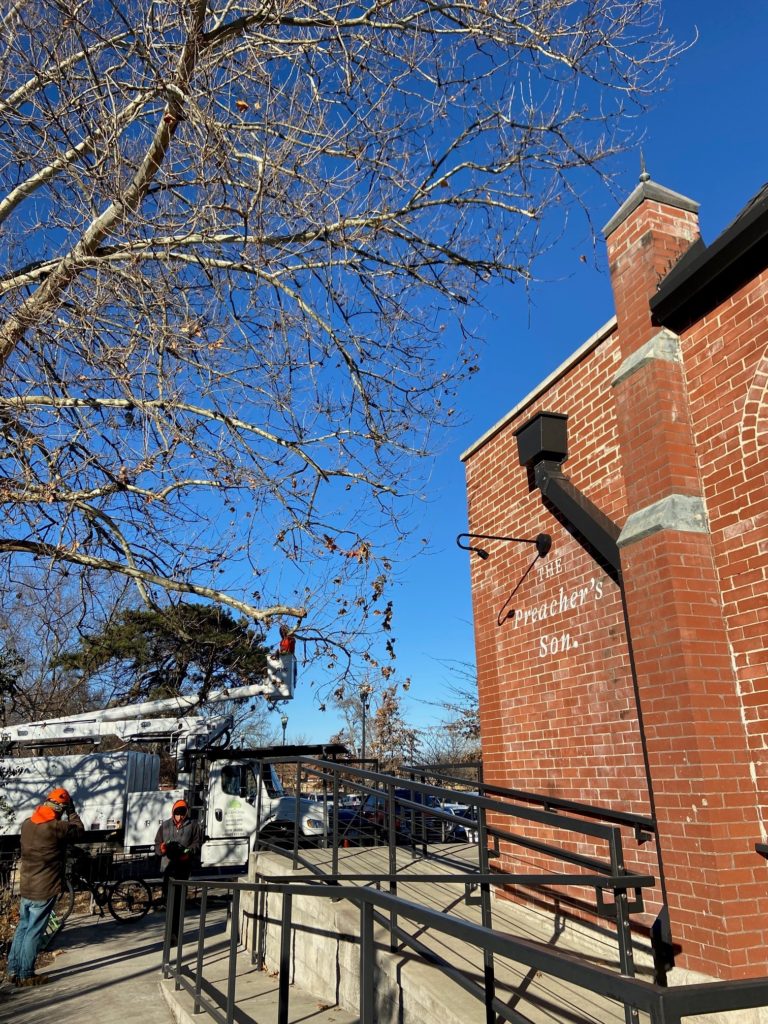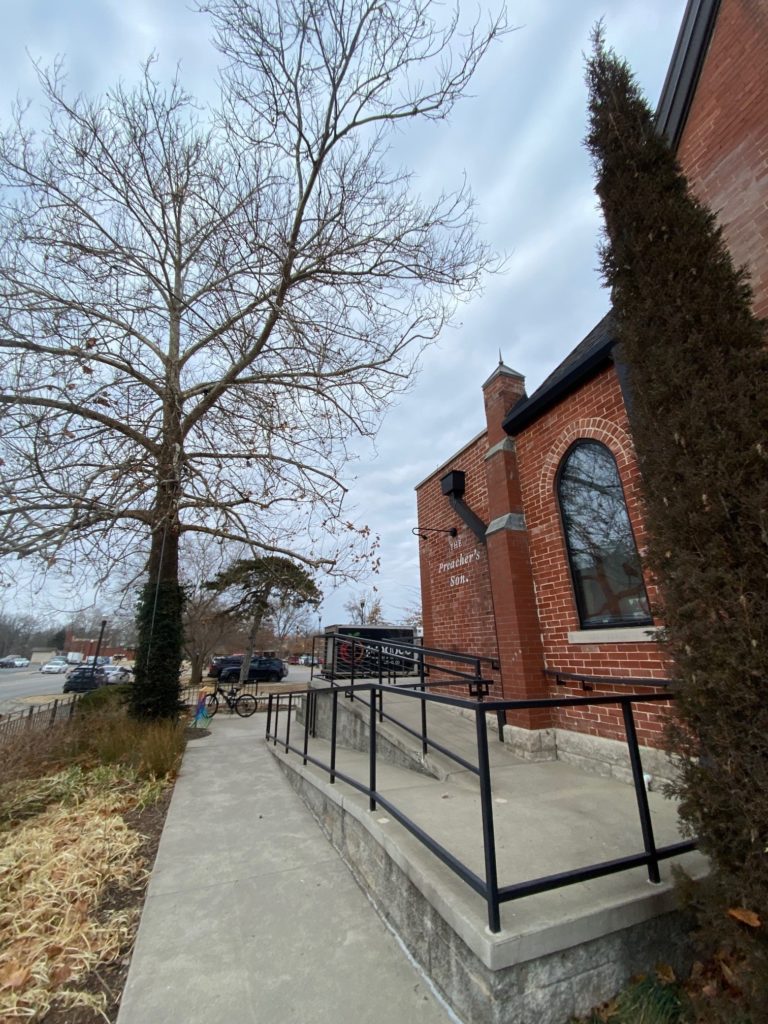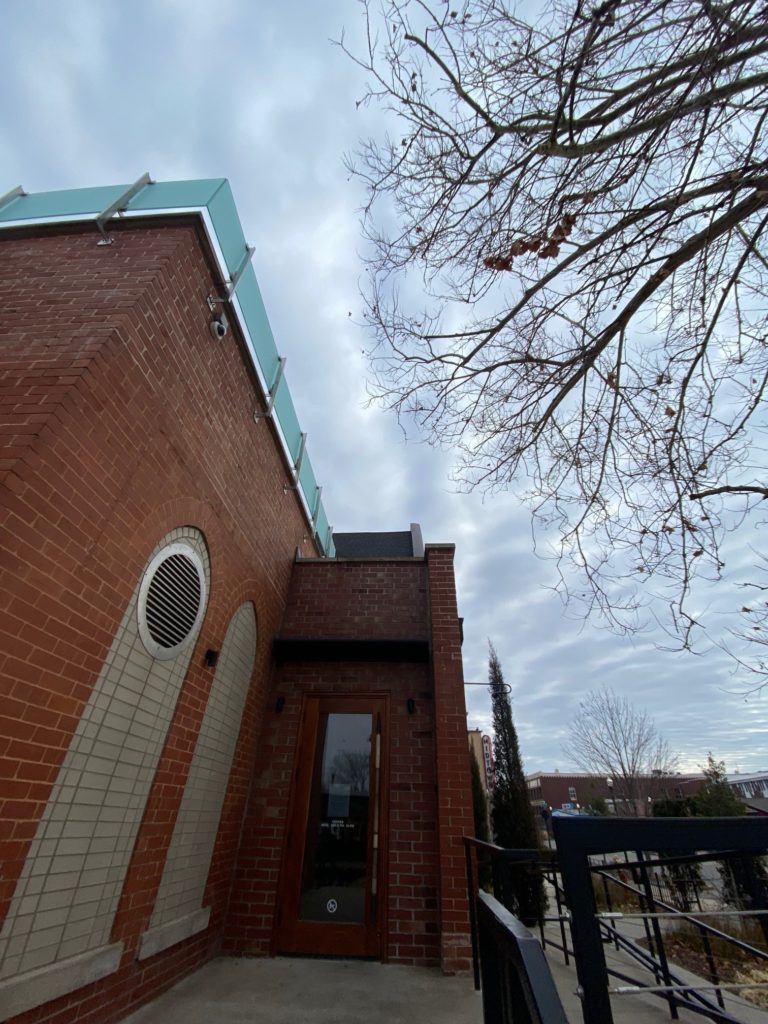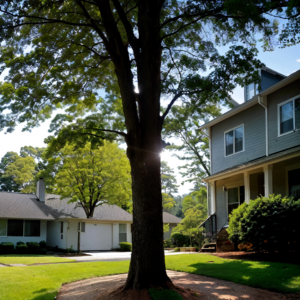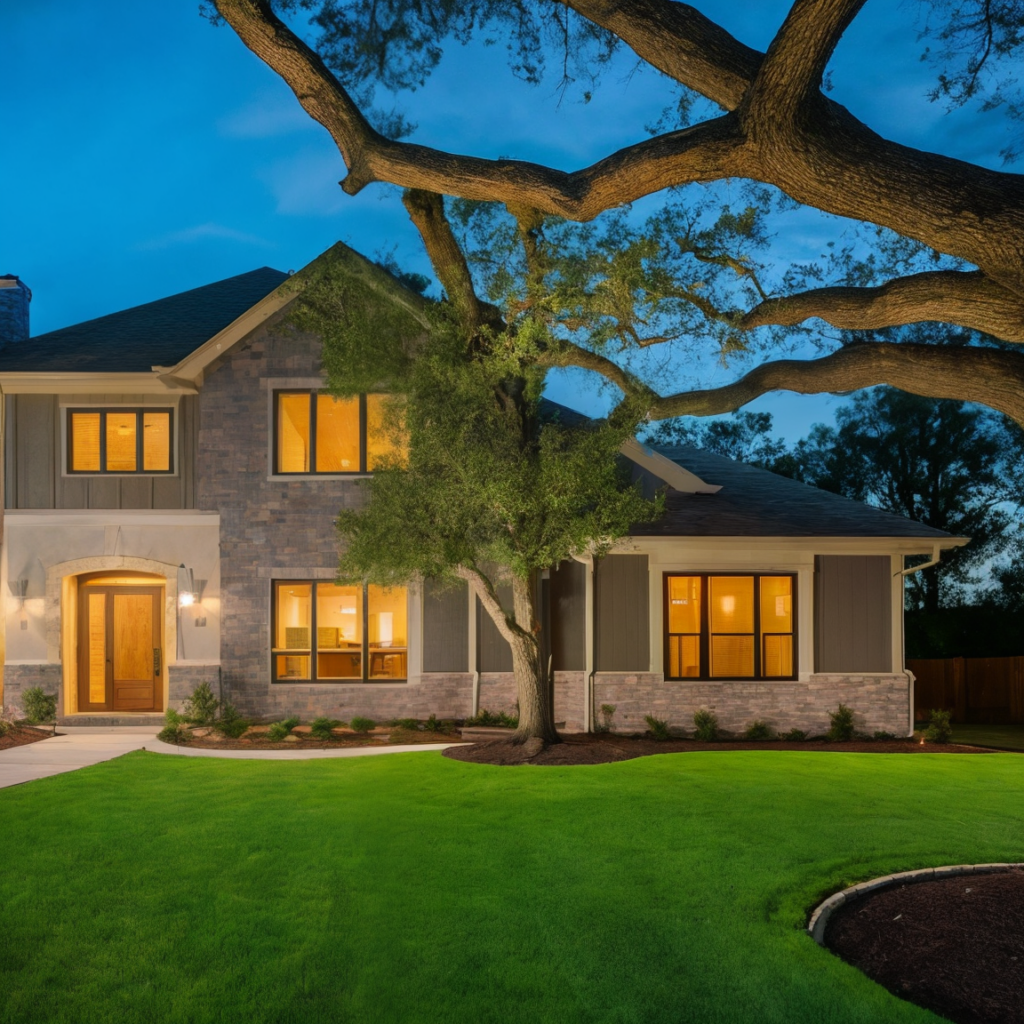
Storm damage to trees: How to prevent it & keep your trees strong.
As a homeowner, you’ve invested time and effort into making your property beautiful. Trees play a significant role in adding beauty to the landscape, but they are also susceptible to storm damage. Fortunately, there are several ways that you can minimize the impact of storms on your trees.
Understanding Storm Damage to trees
When it comes to understanding storm damage to trees, you need to know how the weather affects them. Ice storms, high winds, and heavy rain can cause significant damage to trees on your property.
Broken limbs, defoliated branches, and chunks of bark missing are common signs of storm damage in trees. It’s important for homeowners to have damage to trees evaluated after a storm and address any necessary maintenance or repairs.
What Causes Storm Damage
Strong winds, heavy rainfall, ice and lightning strikes are primary causes of storm damage to trees. Strong winds can uproot trees or break limbs. Heavy rainfall can cause defoliation and damage to weak branches. Ice can further weaken trees that are not healthy and weigh down branches until they break. In addition, lightning strikes can split tree trunks into chunks or cause extensive damage to the tree’s system.
Regular maintenance practices such as pruning dead or overhanging branches help prevent potential hazards that could result in severe damages during a storm.
To minimize storm damage to your landscape, it is essential first to evaluate your property for any risks that could lead to falling debris during a storm. Regular maintenance practices such as pruning dead or overhanging branches, and taking steps to remove trees with severe rot or that are unhealthy, will also help prevent potential hazards that could result in severe damages during a storm.
Furthermore, educating yourself about different types of storms like ice storms and how they affect your trees’ growth patterns would go a long way in preventing significant losses due to weather impacts. By taking proactive measures before a significant weather event hits you’ll be able reduce the risk of extensive damages caused by strong winds, heavy rainfall and lighting strikes on your property’s beautiful trees.
Common Signs of Storm Damage on Trees
Broken or hanging branches, leaning or uprooted trees, and bark or trunk damage are the most common signs of storm damage in trees. These damages can affect the safety, health, and beauty of your landscape. As a homeowner, seeking tree care services to maintain healthy and beautiful trees on your property is important. A professional tree service can help you recognize these signs early on so that you can take proper action.
Here’s what you need to know:
- Broken or hanging branches:
Check for broken limbs that have fallen off or are hanging loosely from the tree. They could be dangerous if they fall unexpectedly.
- Leaning or uprooted trees:
Look out for any trees that have shifted from their original position during storms as they pose risks to people nearby.
- Bark and trunk damage:
Cracks in trunks or missing chunks of bark may indicate internal decay caused by storms.
If you notice any of these issues after extreme weather like windstorms with strong gusts, heavy rainfalls leading to soil erosion causing instability within roots combined with floods, or ice storms followed by rapid thaws; it’s time call an experienced arborist who will evaluate the extent of storm damage that has happened.
While providing education about which steps homeowners should take next such as removal pruning (if necessary) along with maintenance tips going forward, a professional (such as as Certified Master Arborist) will help you understand the best steps to take.
Ways to Minimize Storm Damage
There are several steps you can take to minimize damage from storms. All of these a professional tree care company can help you put into place.
Proper pruning of trees is key to minimizing storm damage.
Regularly removing dead or weak branches will reduce the risk of them falling during a storm and preventing potential property damage.
Note: It’s important to hire a professional tree care service provider who understands the proper techniques for pruning specific types of trees.
Providing structural support such as cables and braces can also help minimize storm damage by strengthening weaker parts of the tree.
Choosing the right trees for your property is crucial in reducing storm damage. Certain species are more prone to breakage or falling than others, so it’s important to select trees that are well-suited to your environment and planting location.
Consulting with a professional tree care service provider can help you choose suitable species and ensure they are properly planted and cared for.
Prune Trees Regularly
Regular pruning is essential for maintaining the health and beauty of your trees, but it also plays a crucial role in minimizing storm damage. Here are some key reasons why you should make tree pruning a regular part of your property maintenance plan:
- Helps to improve the structural integrity of trees by removing weak or damaged branches.
- Encourages healthy new growth and allows more light to penetrate into the canopy.
- Can help prevent potential hazards such as falling limbs or broken branches during high winds.
By investing in professional tree care services such as pruning, you can significantly reduce the risk of storm damage to your trees and protect both your property and loved ones from harm.
Provide Structural Support
Ensuring the structural stability of your trees is crucial to minimizing storm damage. One way to provide support is through tree cabling and bracing. This involves installing cables or rods in the tree’s branches and trunk to help distribute weight and withstand strong winds.
A professional arborist can assess which trees on your property may benefit from this type of support and properly install them for optimal effectiveness.
Choose the Right Trees for Your Property
Choosing the right trees for your property is crucial to minimizing storm damage. Consider the size, shape, and root system of a tree before planting it. A tree that grows too tall or has weak branches can easily break in high winds, while a shallow root system can make it vulnerable to falling over during heavy rain or wind.
Research which types of trees are best suited for your climate and soil type to ensure they thrive on your property without posing a risk during storms.
In addition to selecting appropriate species, consider planting a diverse mix of trees instead of relying heavily on one type. This not only adds visual interest but also helps distribute the potential impact if one species is damaged during a storm.
FAQ on storm damage
Are there ways to protect trees from storm damage?
Yes, there are several ways to protect trees from storm damage. Trees are a valuable asset to your property, providing shade, beauty, and even increasing your home’s value. However, they are also vulnerable to storm damage, which can result in costly repairs or even the loss of the tree. Here are some tips to help prevent storm damage to your trees:
Prune regularly: We already mentioned pruning, as it helps to maintain the health and structural integrity of your trees. Removing dead and weak branches reduces the risk of them falling during a storm. Pruning also helps to improve airflow and reduces the chances of branches rubbing against each other during high winds.
Plant trees in appropriate locations: Choosing the right location for a tree is essential to ensure it can withstand strong winds. Avoid planting trees near power lines, buildings, or other structures that can cause damage if the tree falls.
Install support systems: Again, trees with weak branches or trunks can benefit from support systems, such as cabling or bracing. These systems help to distribute the weight of the branches and reduce the risk of them breaking during a storm.
Mulch around the base of the tree: Adding a layer of mulch around the base of the tree helps to retain moisture and keep the soil stable. A stable root system is essential for a tree to remain upright during high winds.
Hire a professional arborist: Consulting with a professional arborist can help you identify potential hazards and develop a plan to protect the trees around your home or business.
Is insurance available to cover the cost of storm damage?
Yes, insurance is available with some policies to cover the cost of storm damage to trees. However, it’s important to note that the coverage and amount may vary depending on the policy and insurance provider.
To ensure that your trees are properly covered in case of storm damage, it’s recommended to review your homeowner’s insurance policy carefully with a licensed insurance agent and clarify the coverage. Some policies may cover the cost of tree removal if the tree falls on your property due to a storm, while others may cover the cost of repairing or replacing damaged trees.
Insurance is a good back-up plan, but it will not take the place of preventive
Are certain types of trees more susceptible to storm damage?
Yes, certain types of trees are more susceptible to storm damage than others. Trees with shallow roots, weak wood, or brittle limbs are more likely to suffer damage during storms, especially those with high winds or heavy rainfall.
Some examples of trees that are more prone to storm damage, include:
- Willows
- Poplars
- Silver maples
- Certain types of pine trees
It’s important to keep an eye on these trees and take steps to prevent damage during storms, such as pruning weak or damaged limbs or removing trees that are at risk of falling. Consult with a professional tree care service to assess the health of your trees and create a plan to keep them safe and healthy.
Our best advice is to work with a Master Arborist and determine the trees that are appropriate for your geographic area. This will help ensure you are planting trees that are geared towards living in our specific climate and can withstand the varying weather patterns.
What are the long-term effects of storm damaged trees?
Storm damage to trees can cause long-term effects that can affect the health and beauty of the tree, as well as pose a safety hazard to people and property. Some of the long-term effects of storm damage to trees are:
Structural damage: Storms can break or damage large branches or even the main trunk of a tree, causing it to lose its structural integrity. If not properly treated, the tree can become unstable and prone to future breakage or even total collapse.
Infection and disease: Storm damage can create openings in the tree’s bark, making it susceptible to infections and diseases. Insects and fungi can enter the tree through these openings, causing further damage and weakening the tree’s overall health.
Reduced growth: Trees that have suffered storm damage may experience reduced growth due to the loss of branches and leaves. This can affect the tree’s ability to produce fruit or flowers and can impact its overall aesthetic appeal.
Safety hazard: Storm-damaged trees can be a safety hazard, as falling branches or even the entire tree can cause damage to property or harm people. Removing the tree or repairing the damage promptly can ensure the safety of those nearby.
